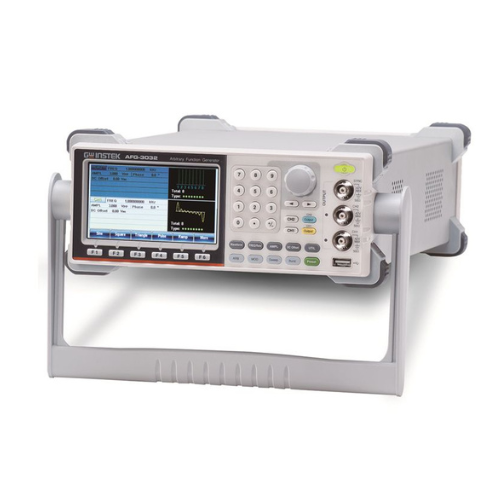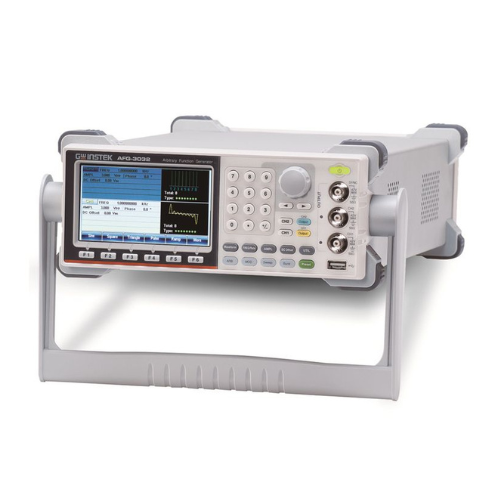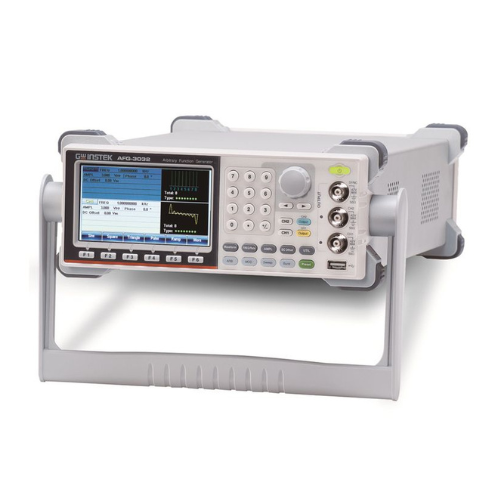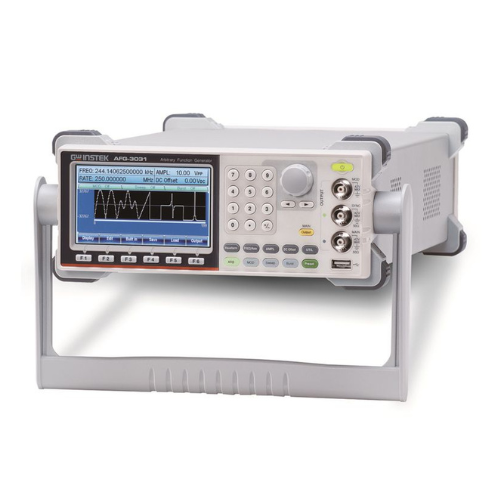

Mastering Noise in Circuit Design: A Precision Approach
In real-world circuits, noise is an ever-present challenge, affecting signals from input to output. Designers grapple with overcoming noise issues arising from power input, internal circuit pathways, and signal output. To tackle this, designers simulate noise output using signal generators to assess the Device Under Test's (DUT) noise tolerance.
For instance, in switch mode power supplies (SMPS), the conversion of city power into required DC voltages like +5V, +12V can introduce AC components (or noise) within the DC signal. Excessive noise can lead to malfunctioning circuits. Imagine a scenario with a 5V DC center voltage and 1.0 Vp-p noise; this fluctuation could push voltages beyond the standard operating range (4.75V-5.25V), causing malfunctions. To address this challenge, designers turn to signal generators like AFG-3000.
AFG-3000: Precision Noise Simulation
The AFG-3000, for example, offers an 8M long memory depth, allowing users to edit and output any number of points within this range. Equipped with versatile arbitrary waveform editing software, the AFG-3000 meets the demands of generating noise-containing signal outputs. Within the software, three noise types—Uniform Noise, Gaussian Noise, and Rayleigh Noise—provide tailored noise simulations, each characterized by distinct probability distribution ranges. Understanding these noise simulation techniques empowers designers to create resilient circuits, ensuring optimal performance even in noisy environments.


Perfecting Signal Precision with AFG-3000: A Step-by-Step Guide
In the complex realm of signal manipulation, the AFG-3000 series proves its mettle. Let's delve into a straightforward process of integrating noise into a 6Vpp/40kHz sine wave using AFG-3000's PC software:
Sine Wave Setup:
- Choose 5000 points for the sine wave.
- Set frequency to 40,000 Hz.
- Utilise the software's 16-bit representation (range: +32,767 to -32,767, equivalent to +5V to -5V).
- Configure amplitudes: +3V corresponds to 19,660 points, and -3V corresponds to -19,660 points.
- Adjust other parameters (points, frequency range, period, phase) as needed.
Calculation Process:
- Click "Cursor" in the toolbar, select the area for calculation.
- Navigate to Math(M) >> Add in the toolbar.
- Choose the noise type (e.g., Uniform Noise) with an amplitude of 200mVpp (+100mV to -100mV), converted to 655 to -655 points within the 16-bit range.
Result Visualisation:
- The software displays the calculated result, revealing a sine wave infused with noise.
Saving and Upload:
- Save the edited file and upload it to AFG-3000 via USB Flash drive.
Instrument Configuration:
- Set the AFG-3000's output range and amplitude (AMPL) to 10Vpp.
Signal Output and Analysis:
- Activate the Main Output on the AFG-3000.
- Transmit the edited signal to the oscilloscope.
- Observe the thicker waveform, showcasing the successful integration of noise into the original signal.
With this meticulous process, engineers can manipulate signals with precision, paving the way for diverse applications. Unlock the potential of your signals with AFG-3000!






